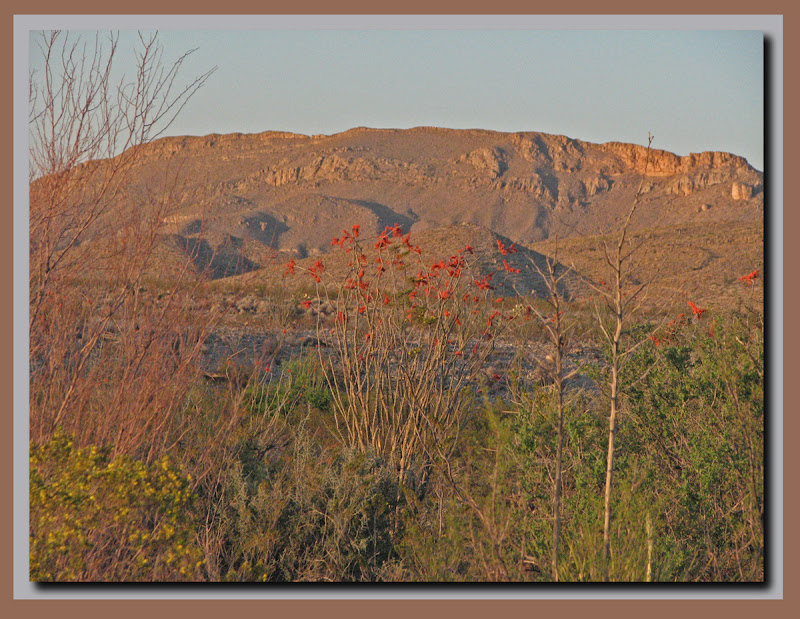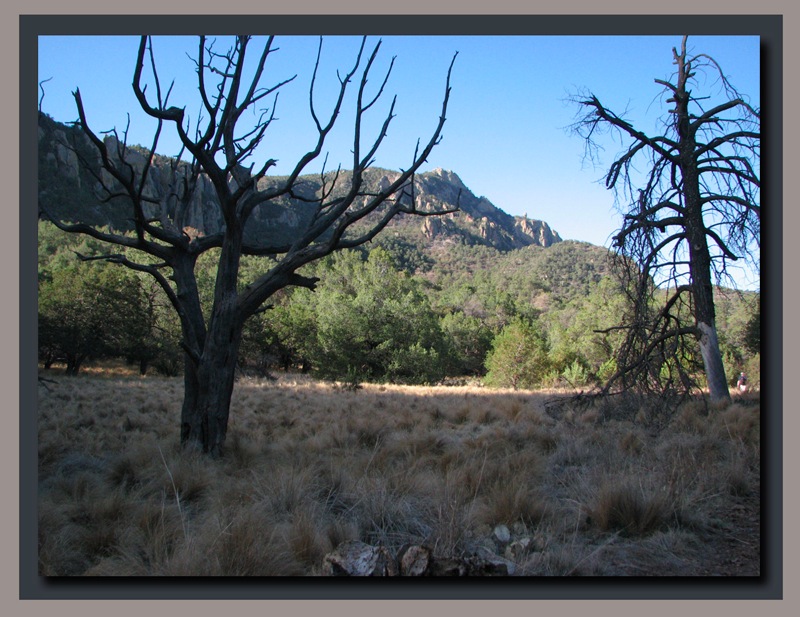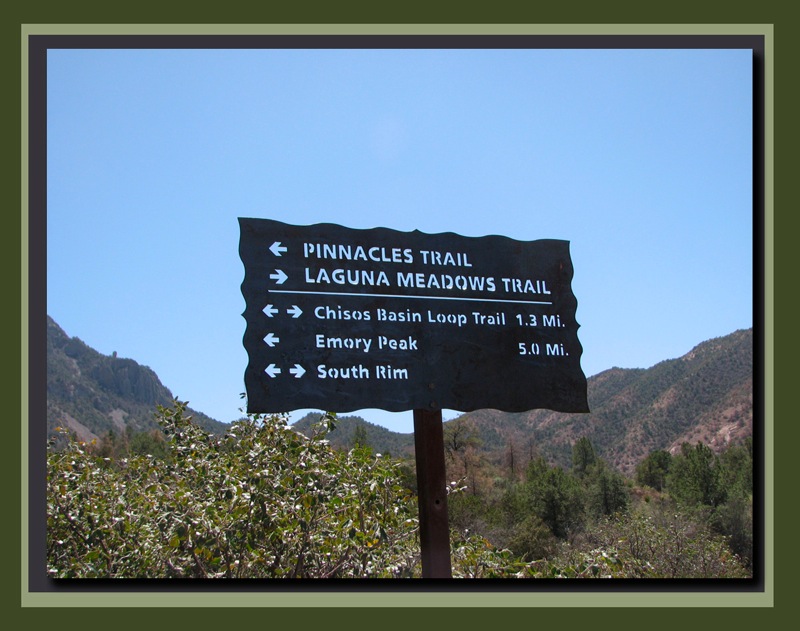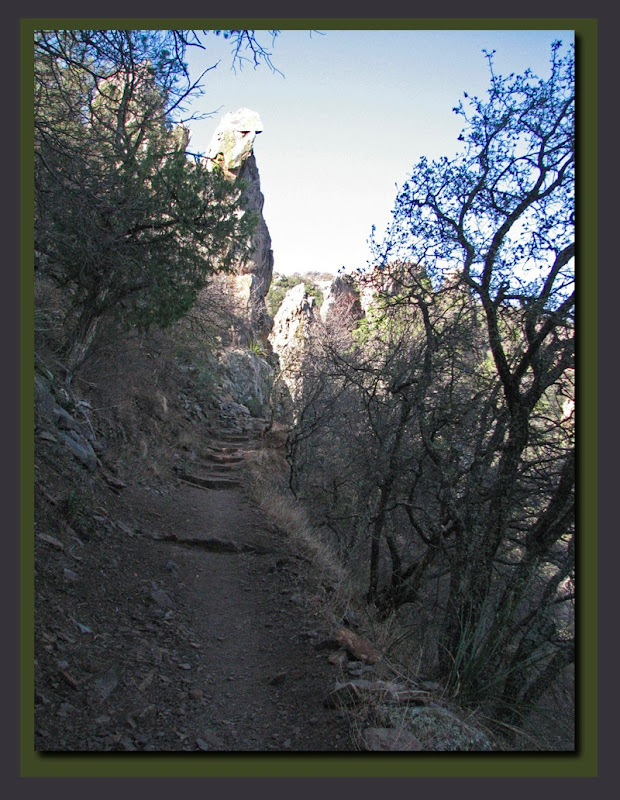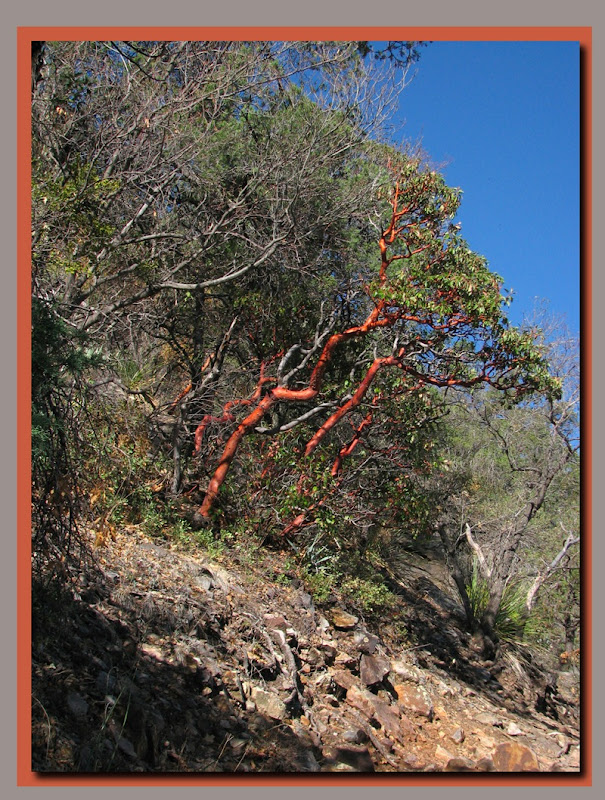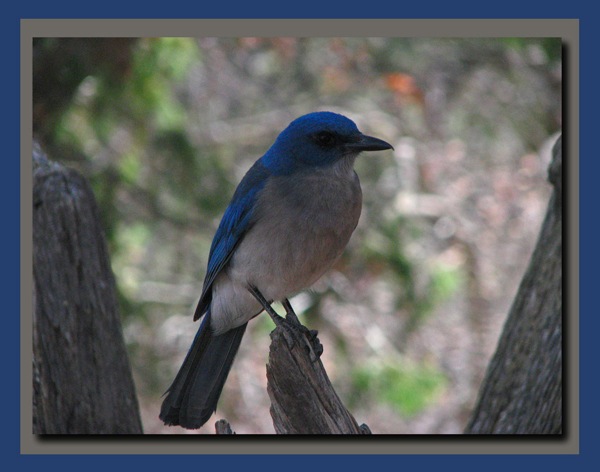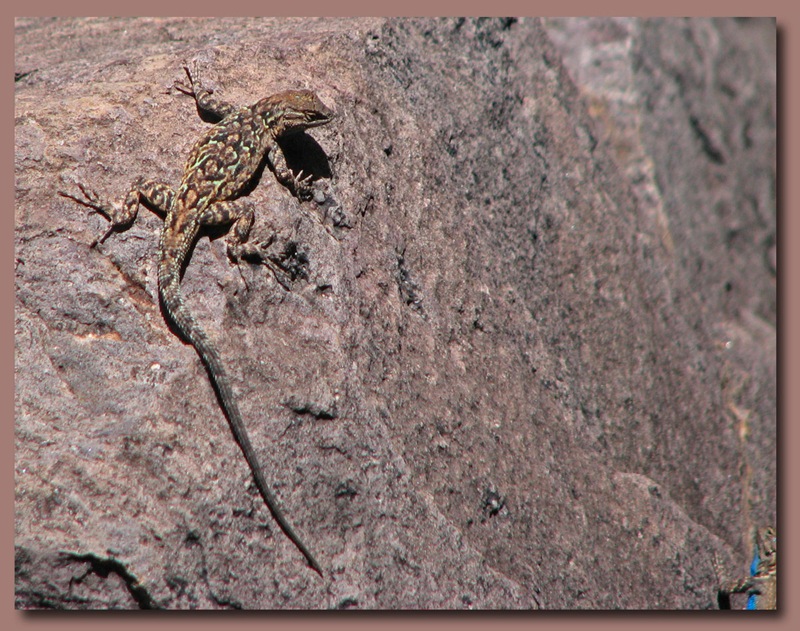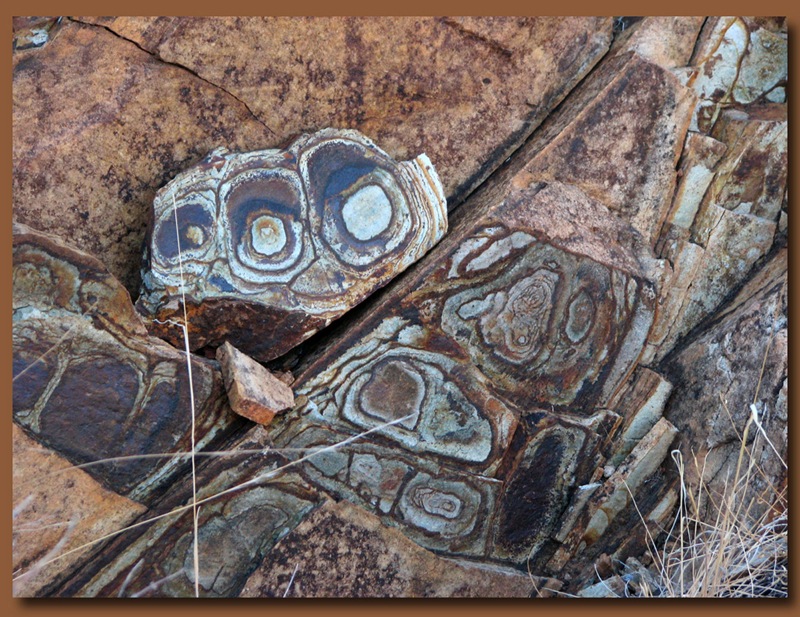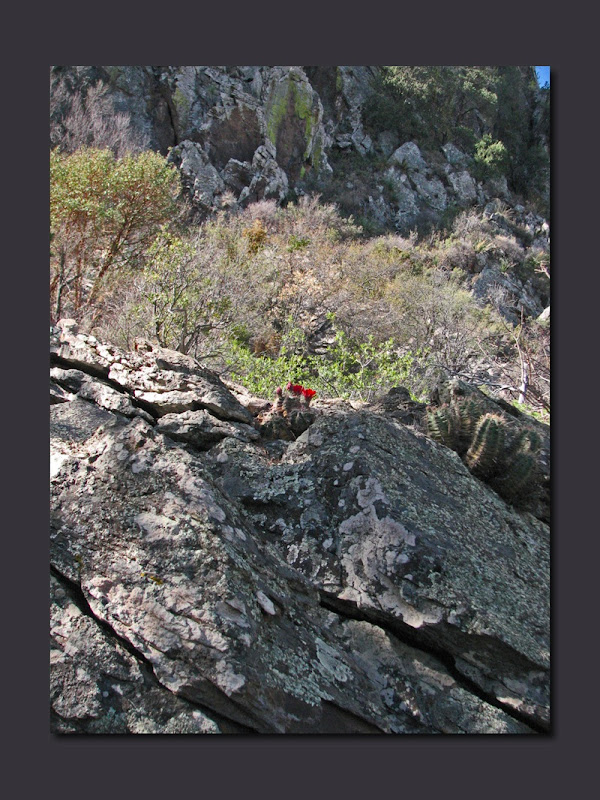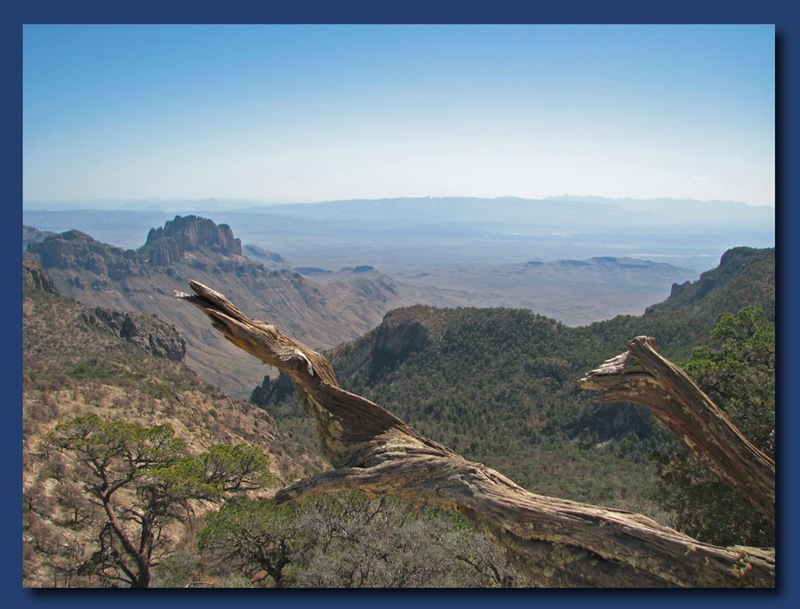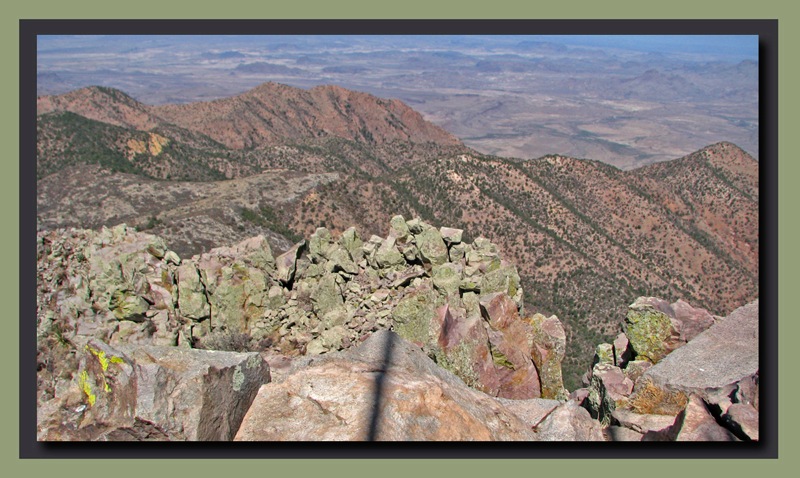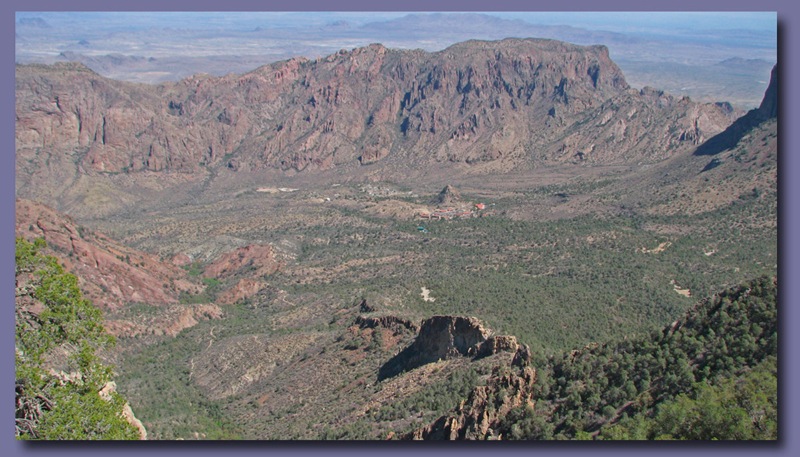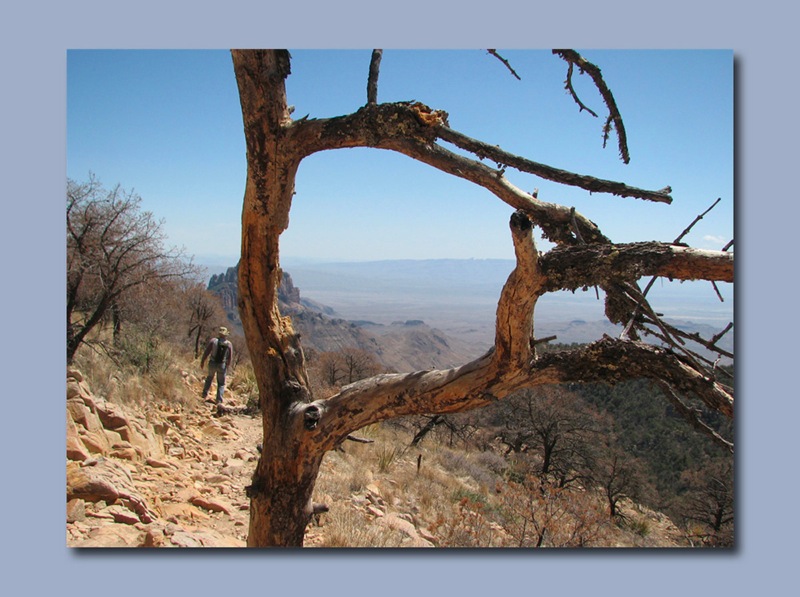The Rio Grande starts in Colorado, travels through New Mexico, then forms much of the southern border of the U.S. along the states of Chihuahua and Coahuila in Mexico. The environmental habitat formed by river, desert and mountains means that Big Bend contains a unique blend of flora and fauna not found anywhere else.
The River
From it's headwaters in Colorado the Rio Grande is a working river dammed for irrigation and manufacturing and it then loses much of it's water to riparian agriculture and evaporation. In times of good water, the river still flows mightily through New Mexico and is significant when it gets to Mexico, but in times of drought, like now, the river is a bare trickle by the time it reaches this far south. Still, enhanced by creeks and streams in Mexico, the river feeds a green oasis of Cottonwoods and grasses as it passes through the park.
The desert.
The Chihuahuan Desert reaches it's northernmost boundary here in the park where it will give way to the wetter Sonoran and Mojave deserts to the north. Many of the plants and animals of the Chihuahuan Desert only U.S. habitat is here in Big Bend. Rabbits, Lizards, Snakes and Javelinas (Collared Peccary - Picture to follow as soon as we can get one) live in the desert.
The Mountains.
The Chisos Mountains , volcanic in nature, rise starkly out of the desert, suck in the majority of the rain that falls here and provide a habitat for the rare Carmen Mountains White Tailed Deer as well as Ringtails, Foxes, Black Bear, and Mountain Lions.
It is very unusual to see cactus (including prickly pear, letchuguilla, sotol, agave, and many others), junipers, pine and fir trees, and yuccas in proximity. Of all the parks we have visited this park has the most unusual variety of plant life we have ever seen.
Big Bend is a CCC (Civilian Conservation Corp) park and much of it's infrastructure was built by the CCC in the 1930s. This culvert is an example of the type of stone work you will often see in CCC parks.
We were camped up here in the Chisos Mountains so we hiked the lost mine trail to view Lost Mine Peak. Lost Mine Peak is the site of a supposed silver mine that was sealed up when native slaves overthrew and killed their Spanish captors. True? maybe.
Lost Mine Trails End. Looking at Elephant Tusk, the south rim of the Chisos Basin, and off into Mexico.
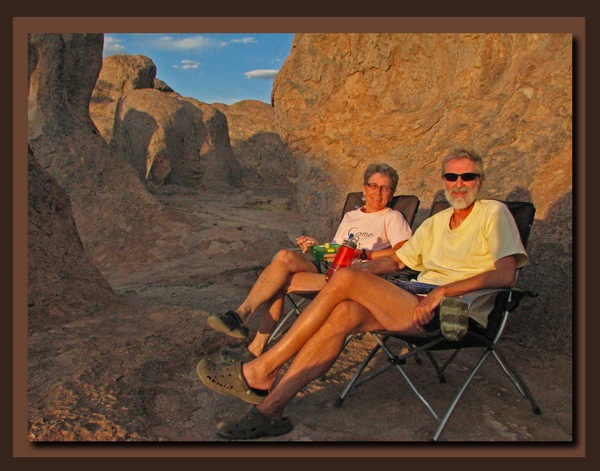
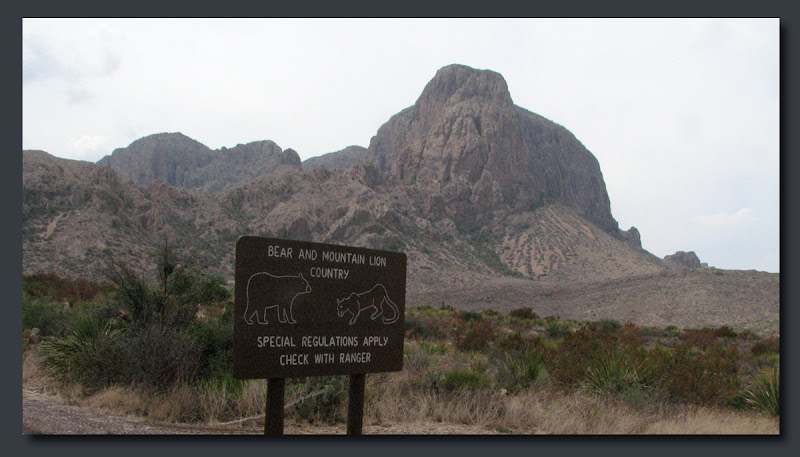
 The weather was just too darn hot in Rio Grande Village (100+℉) so we were back up at Chisos Basin for a couple more days. One last important hike remained and that was the Santa Elena Canyon at the western edge of the park. We took the camper off and drove the 30 miles to the trailhead in the truck.
The weather was just too darn hot in Rio Grande Village (100+℉) so we were back up at Chisos Basin for a couple more days. One last important hike remained and that was the Santa Elena Canyon at the western edge of the park. We took the camper off and drove the 30 miles to the trailhead in the truck.
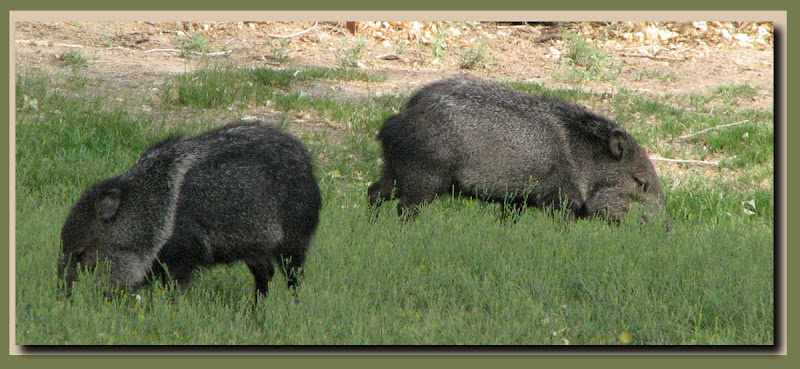
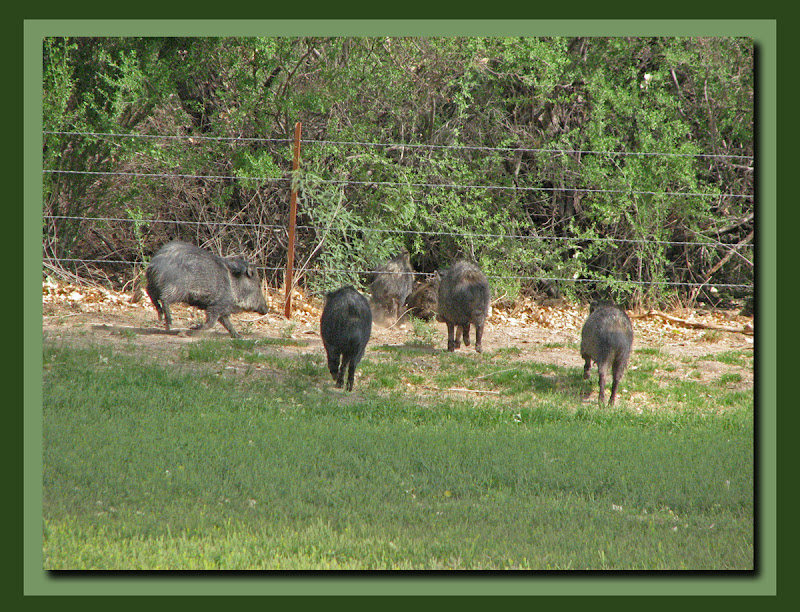
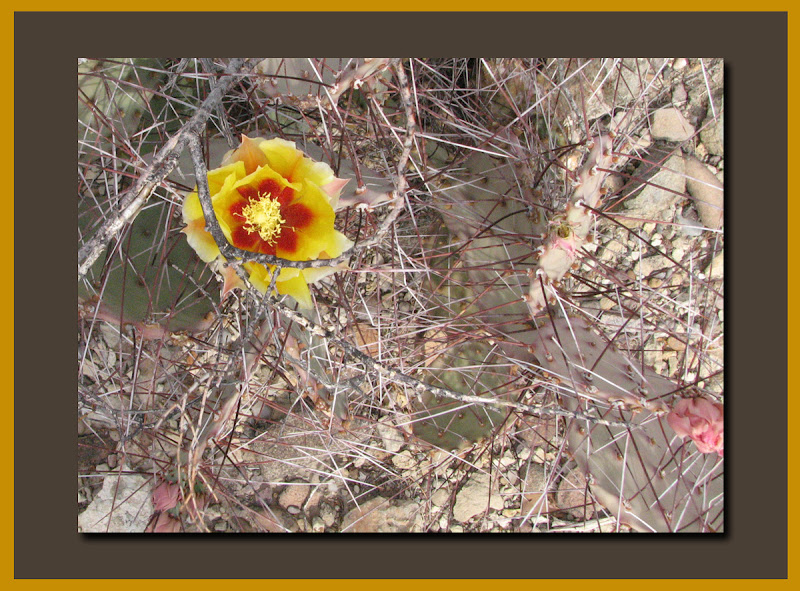 Prickly Pear.
Prickly Pear.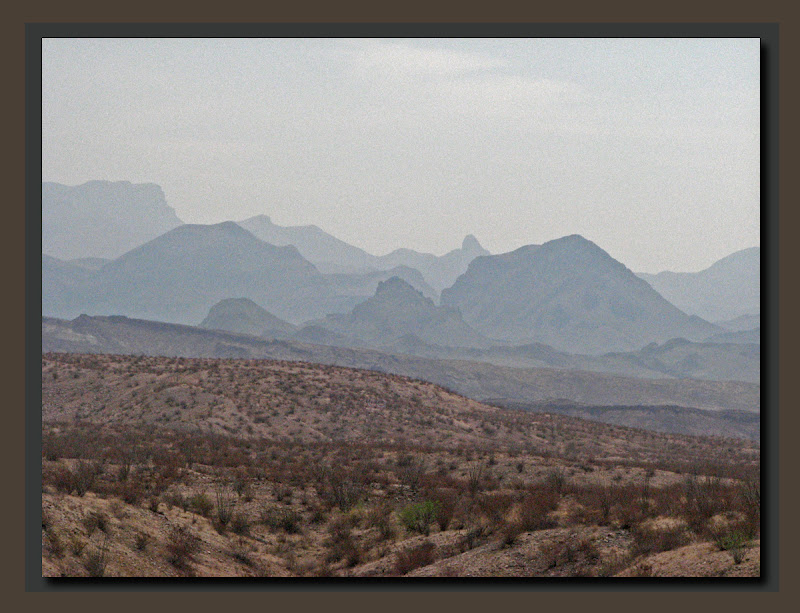 The Many Layers of Big Bend.
The Many Layers of Big Bend.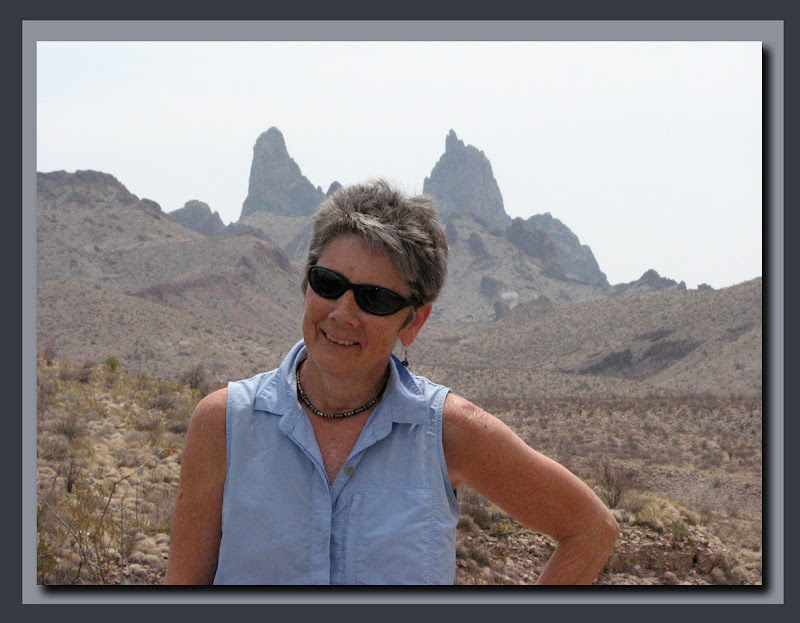 The "Mules Ears".
The "Mules Ears".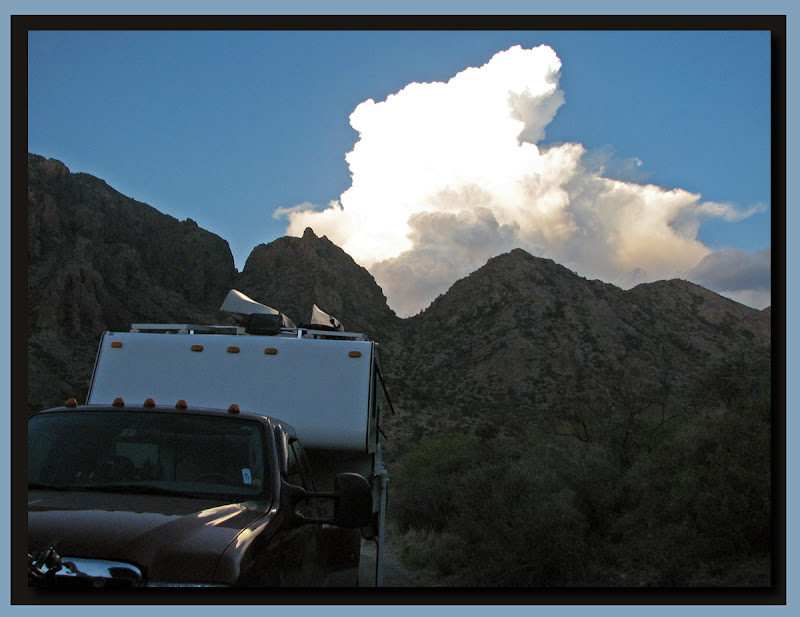
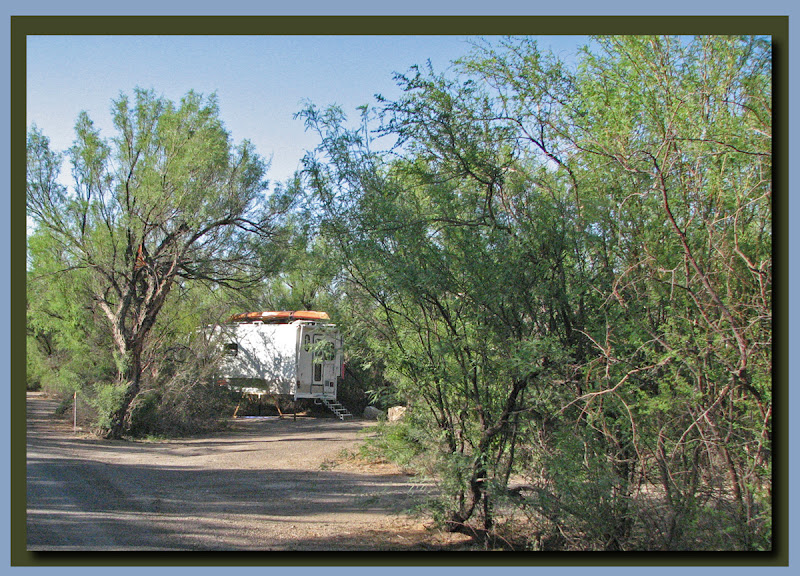 Campsite at Rio Grande Village - Big Bend NP
Campsite at Rio Grande Village - Big Bend NP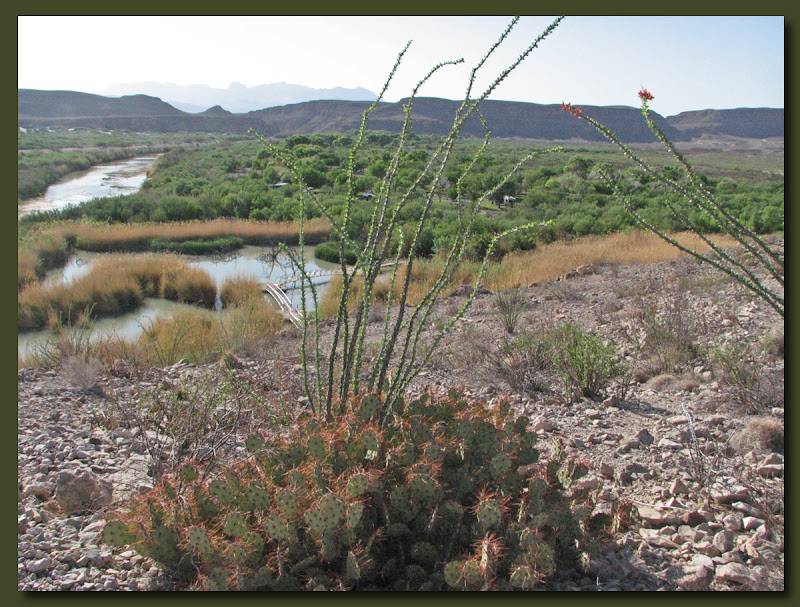 Ocatilla and Prickly Pear above the Rio Grande River
Ocatilla and Prickly Pear above the Rio Grande River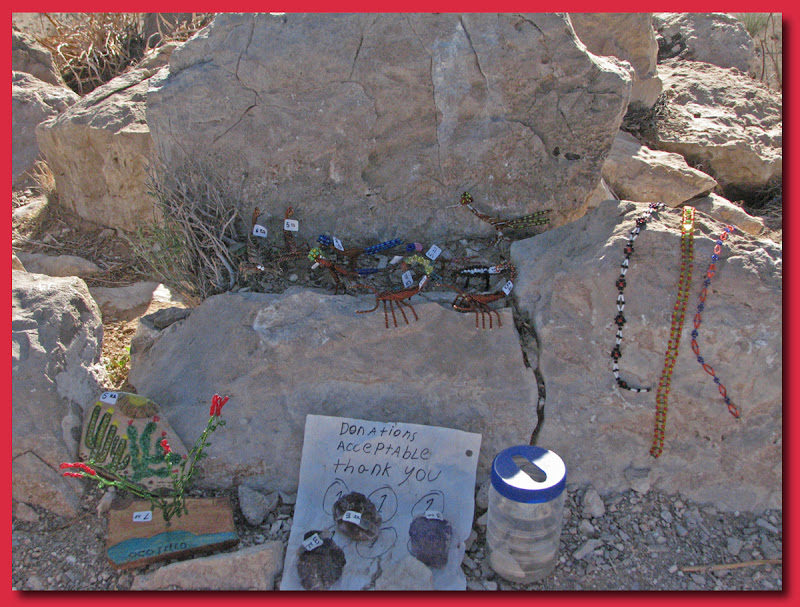
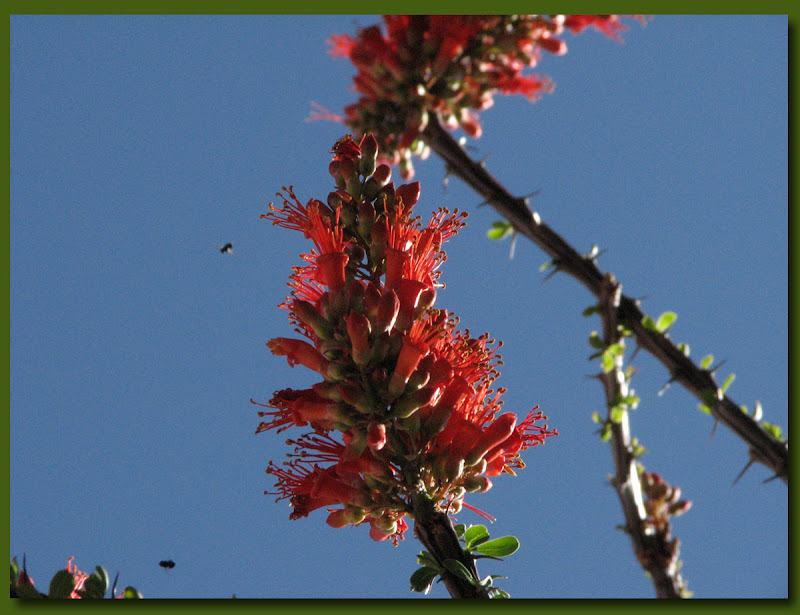 On our second day the temperatures were in the upper 90s but we decided to hike to the Rio Grande Hot Springs anyways. We had plenty of water and food, dressed appropriately for the hike and set out around 10:00AM. We found a couple of real treasures along the way.
On our second day the temperatures were in the upper 90s but we decided to hike to the Rio Grande Hot Springs anyways. We had plenty of water and food, dressed appropriately for the hike and set out around 10:00AM. We found a couple of real treasures along the way.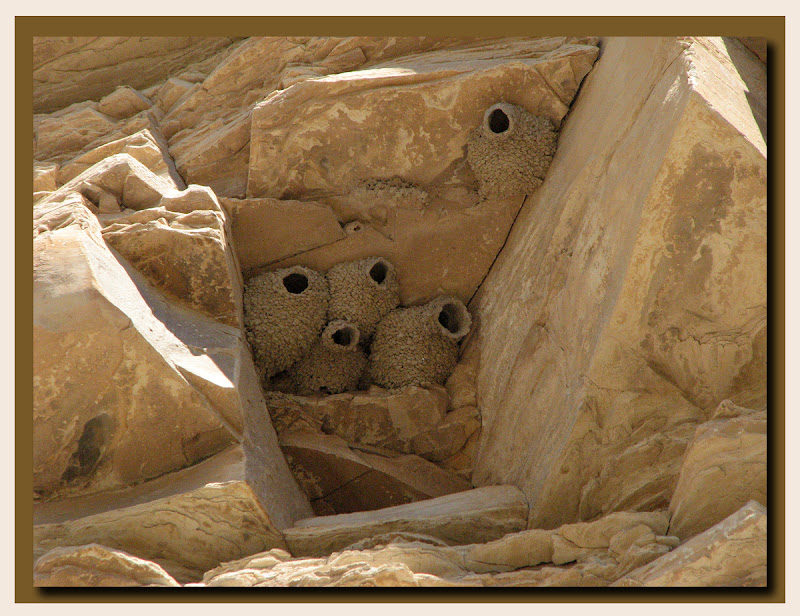 Cliff Swallow's mud houses.
Cliff Swallow's mud houses.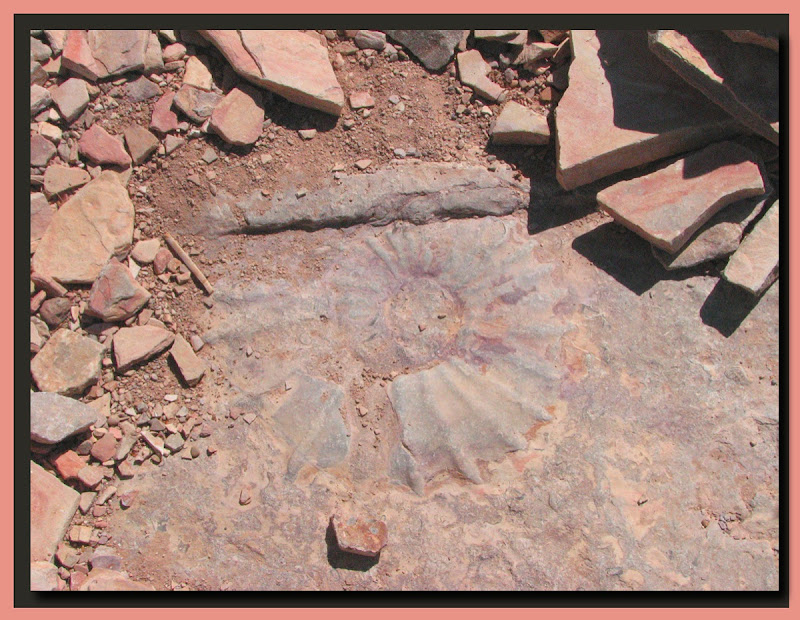 A Cephalapod Fossil, still encased in rock.
A Cephalapod Fossil, still encased in rock.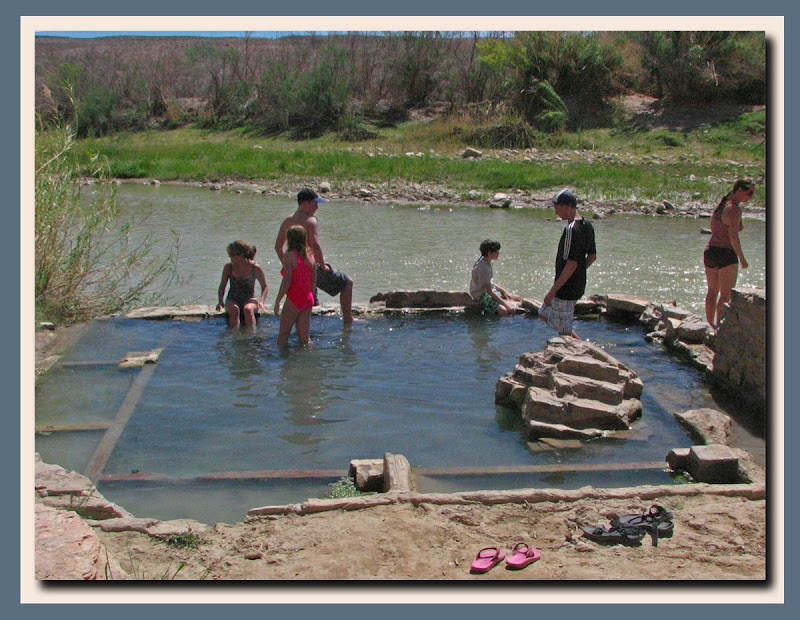 The hot springs were quite fashionable at one time, with bathhouses, a cafe, and some lodging, but all that remains today are the shells of the old buildings and this riverside spring. A hot soak at 105℉ wasn't too appealing to us after a hot and dusty 3 mile hike, with another 3 to go to get back to the campground, but there were folks there enjoying the spring.
The hot springs were quite fashionable at one time, with bathhouses, a cafe, and some lodging, but all that remains today are the shells of the old buildings and this riverside spring. A hot soak at 105℉ wasn't too appealing to us after a hot and dusty 3 mile hike, with another 3 to go to get back to the campground, but there were folks there enjoying the spring.